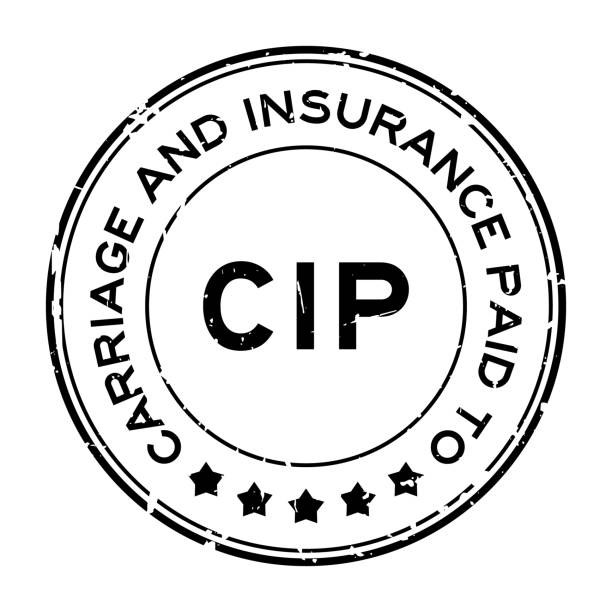Hygiene and cleanliness are critical in the food and beverage processing industry. The slightest lapse can lead to harm to the users of the products and damage to the company’s reputation. Clean-in-place (CIP) systems resolve many concerns by automating portions of the sanitation process. These systems allow manufacturing equipment to be cleaned quickly, so downtime is minimal.
Clean-In-Place Systems
Clean-in-place systems combine mechanical components and devices to clean the interior surfaces of manufacturing systems without the need to dismantle the system. Downtime decreases when CIP systems are used. The water, heat, and chemicals used for CIP cycles are combined into cleaning solutions ideal for each piece of equipment in the manufacturing environment.
The CIP system cycles after each processing run to remove any contaminants on the interior surfaces of the machine. Several machines are used for multiple products. Running a CIP cycle to clean and sanitize the equipment when switching to the manufacturing of a new product reduces the risk of contamination.
Each system is created to accommodate the application, industry, and standards of the facility. Basic components remain the same. The design and use are what differentiate these systems. The design must be appropriate for the industry in which the system will be used.
CIP Cycle Steps
CIP systems cycle through several steps to ensure thorough cleaning of the machine. The system first pre-rinses the equipment to soak the interior surfaces and remove most material buildup. This pre-rinse melts fats while dissolving sugars. A pressure test is also conducted at this time.
After the pre-rinse, the system undergoes a caustic wash to soften fats, making it easier to remove them. Most caustic washes involve the use of sodium hydroxide because it has a high pH. The plant operator determines the concentration level of this chemical based on the contamination level of the internal surfaces.
Another rinse removes any residue remaining after the caustic wash. Proper instrumentation is needed to ensure the system is cleaned correctly. The system is then rinsed again using deionized water, clean city water, or water processed using reverse osmosis to remove any remaining cleaning agents. Many facilities recover this water to use for the next pre-rinsing cycle to conserve resources and make the pre-rinse more effective. The final step involves sanitizing and disinfecting the machine to remove any germs before production begins again.
The Benefits of Clean-In-Place Systems
Clean-in-place systems ensure the cleaning process is consistent while increasing employee safety. Workers won’t be exposed to the chemicals used in the cleaning process. They can handle tasks that generate revenue rather than manually cleaning the machines.
Manufacturers use these systems to maintain product quality and purity. This investment reduces the risk of product contamination and recalls. Less water, time, and labor are needed to clean the machines, and food safety improves.
Choosing a CIP System
Purchasing teams must consider several factors when choosing a CIP system. The facility size and equipment type influence this decision. The products produced in the facility impact the choice because they determine the cleaning requirements of the machine. Budget plays a role in this decision, but safety and compliance must be the top priorities.
Hygienic manufacturing increases food safety. Employees must take steps to prevent contamination of the products being manufactured, including washing and rinsing raw materials with running water and sanitizing and disinfecting all contact surfaces and equipment before and after use. Manufacturers that take these steps find that customer satisfaction increases because consumers know they can trust products from this company. This trust is priceless.

